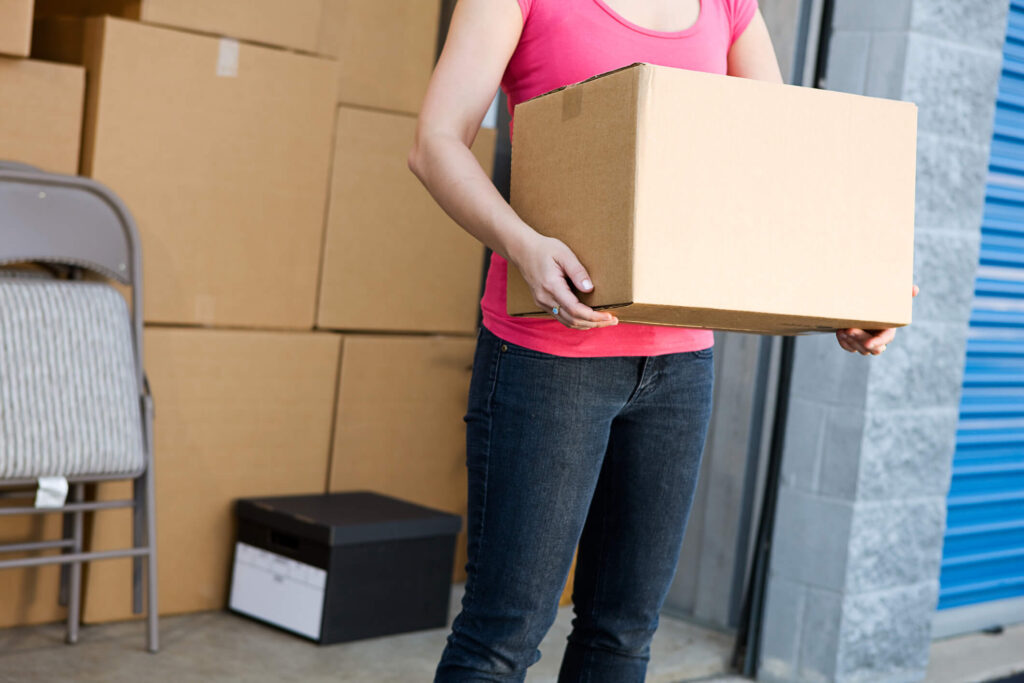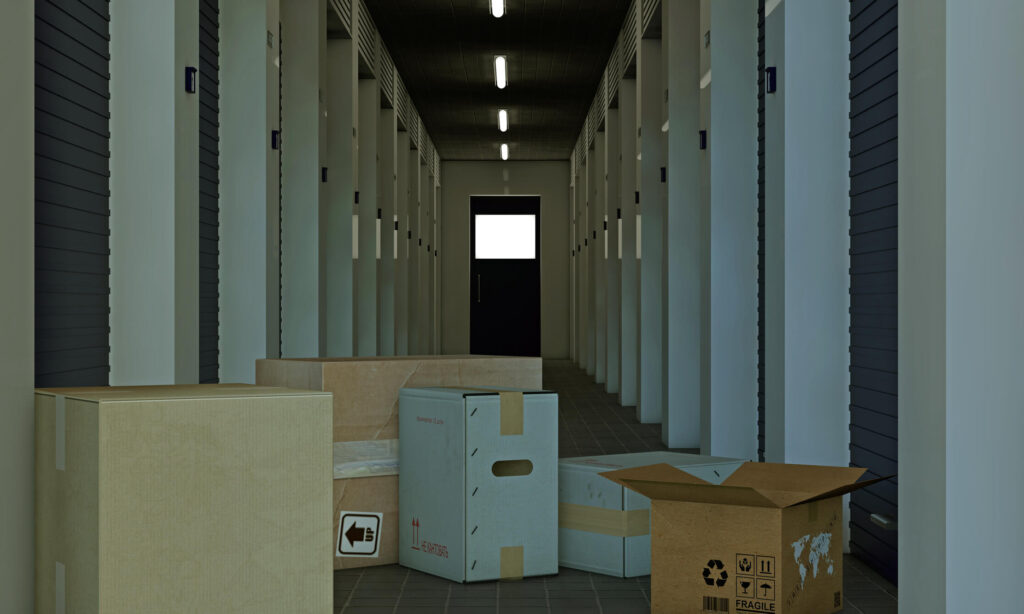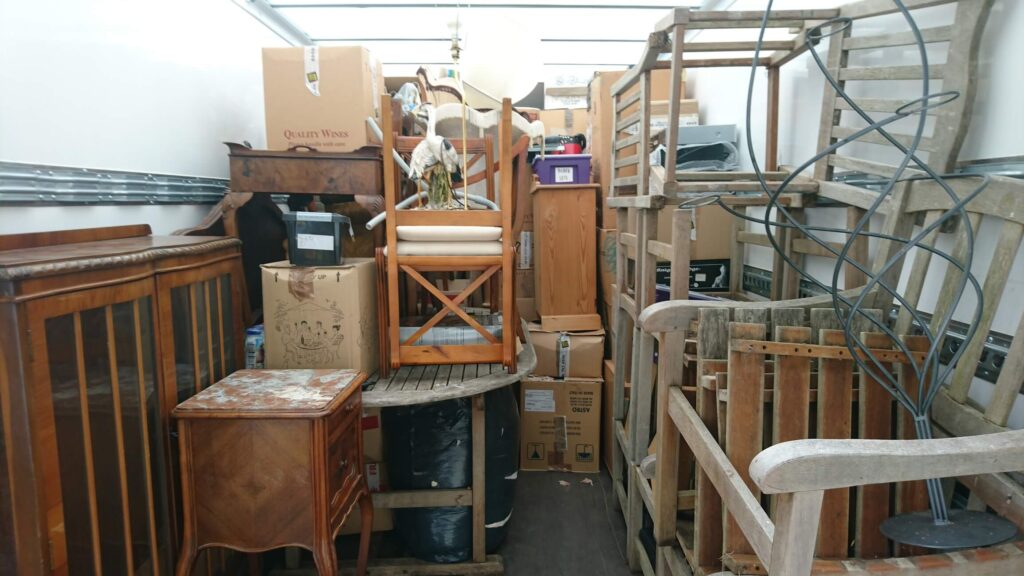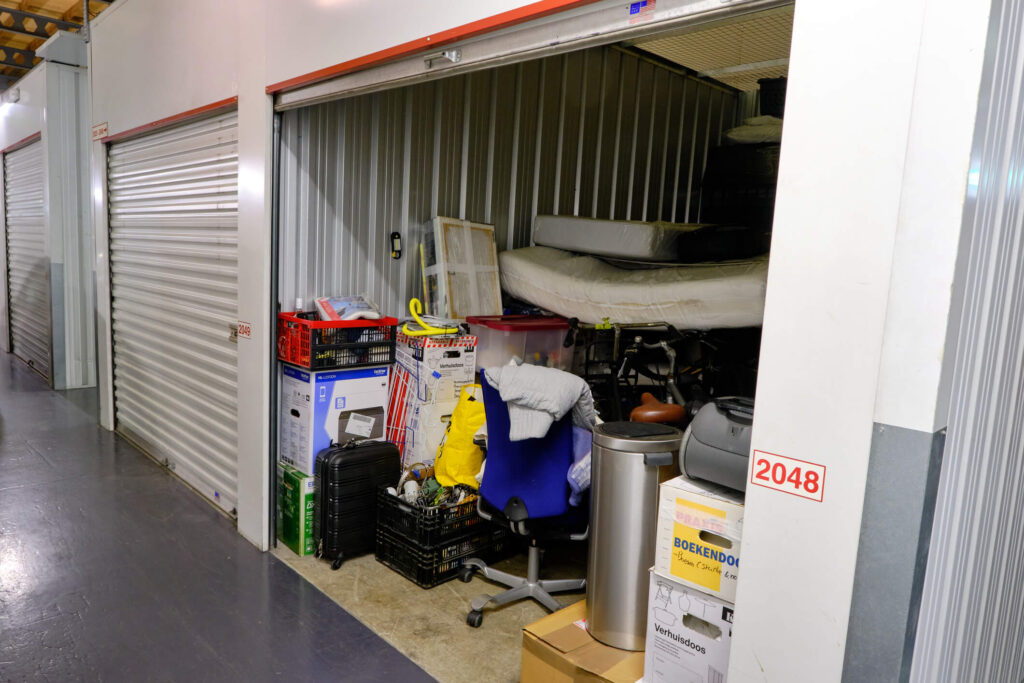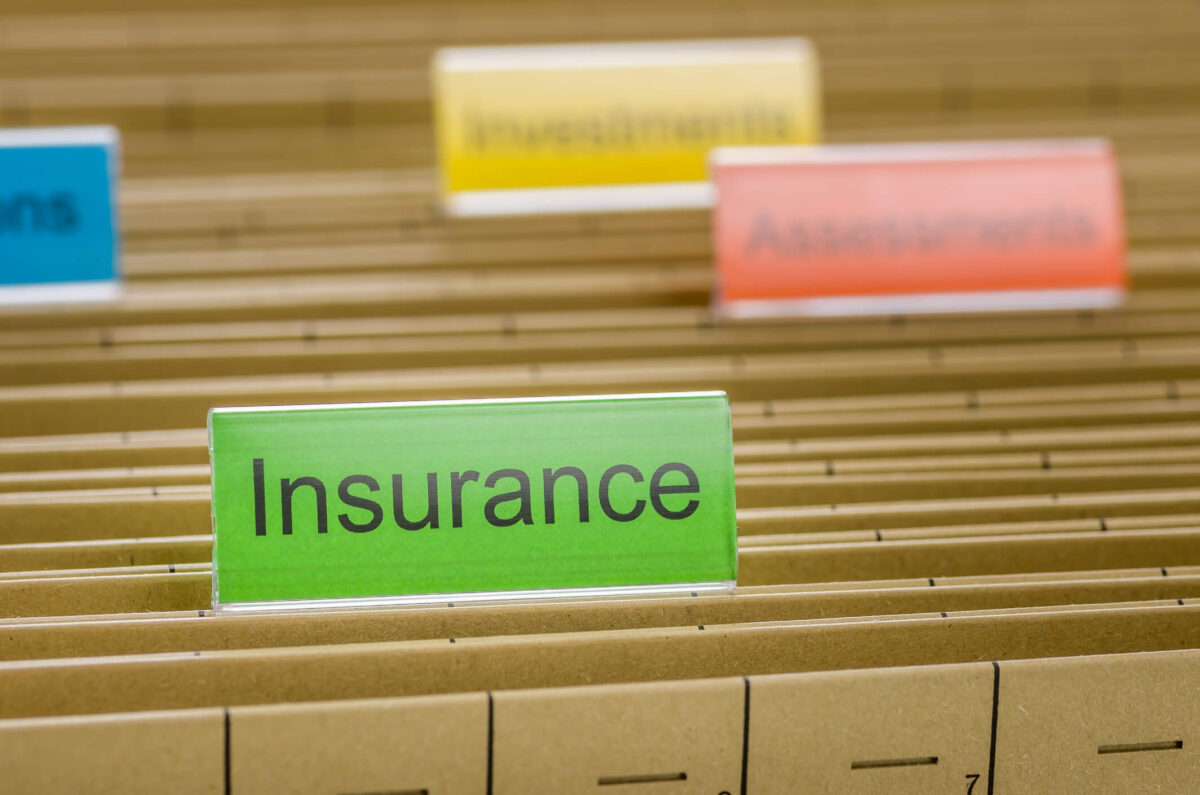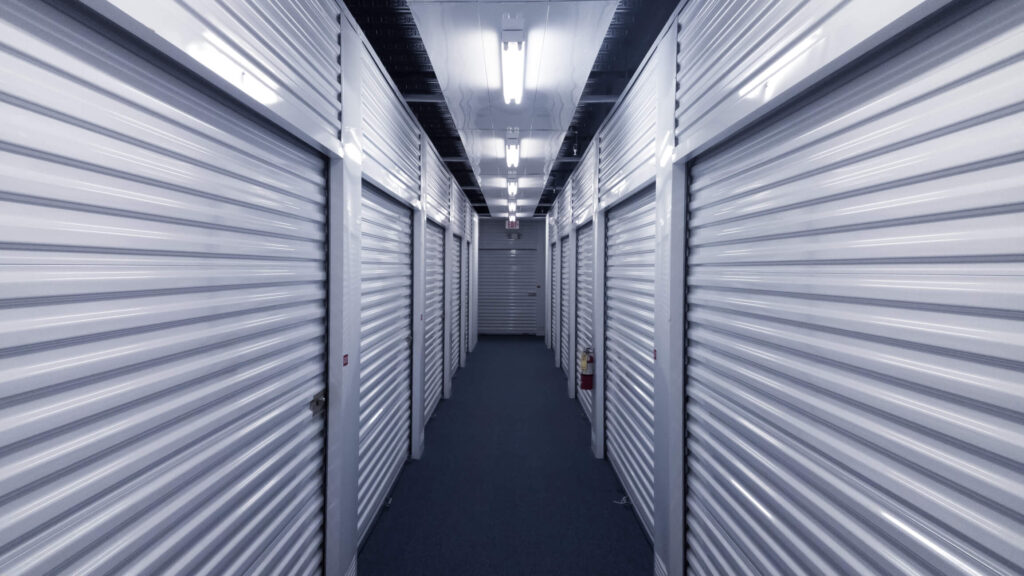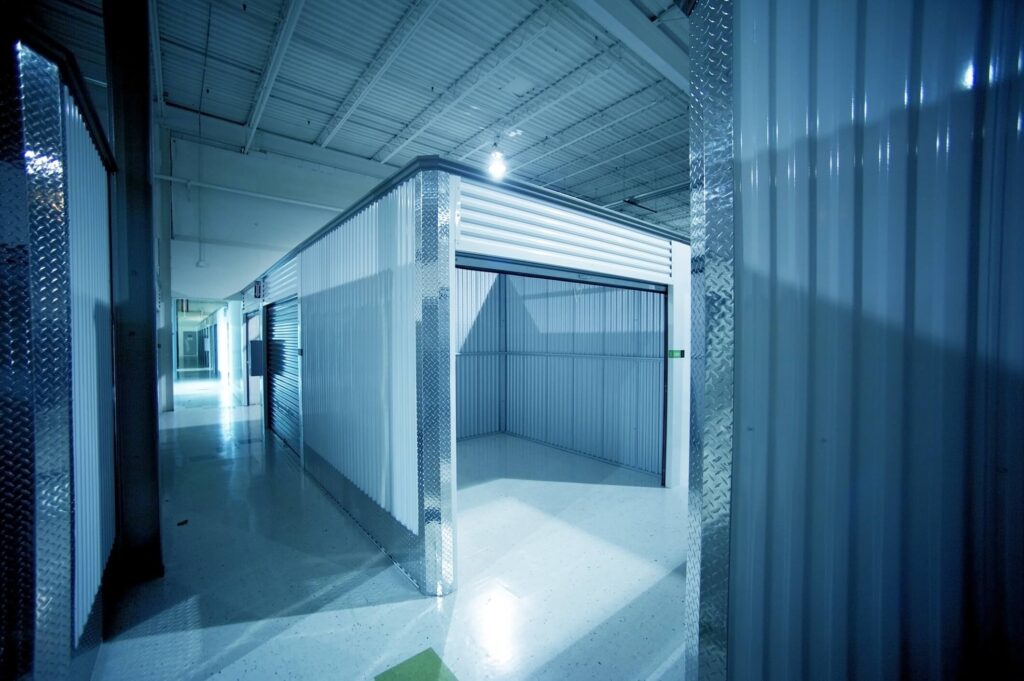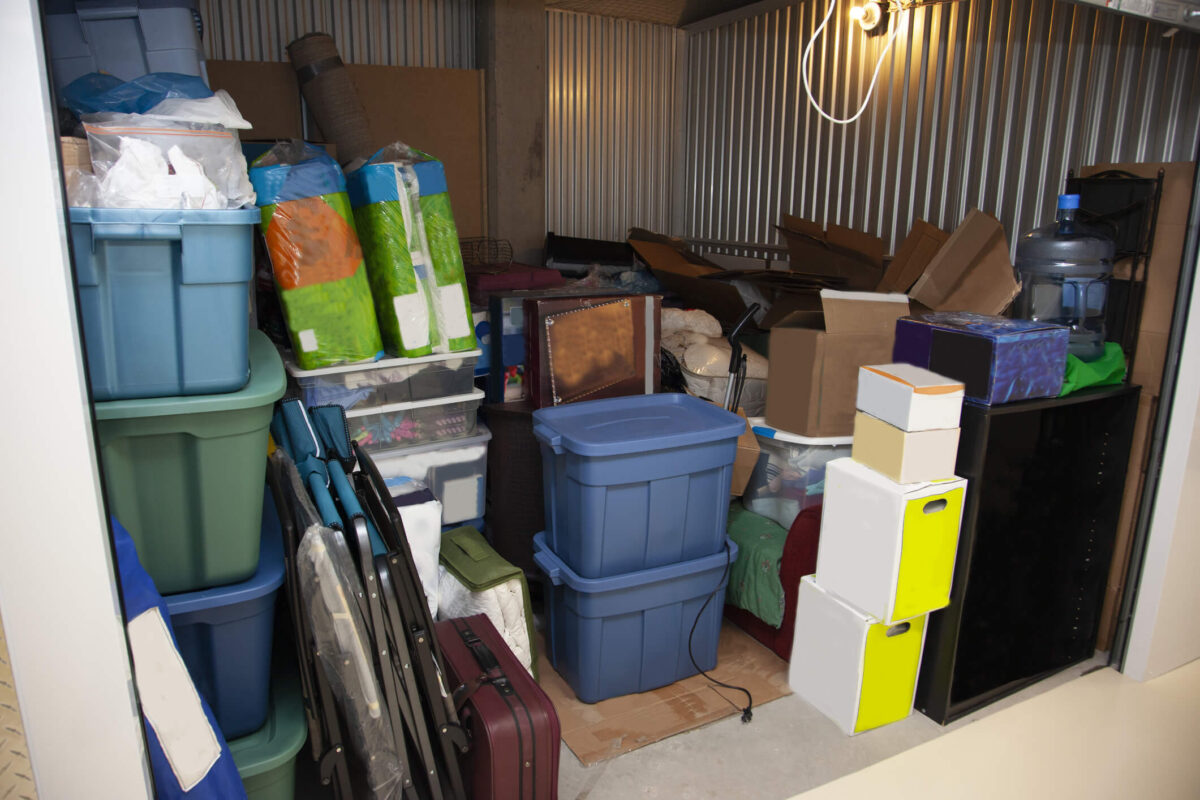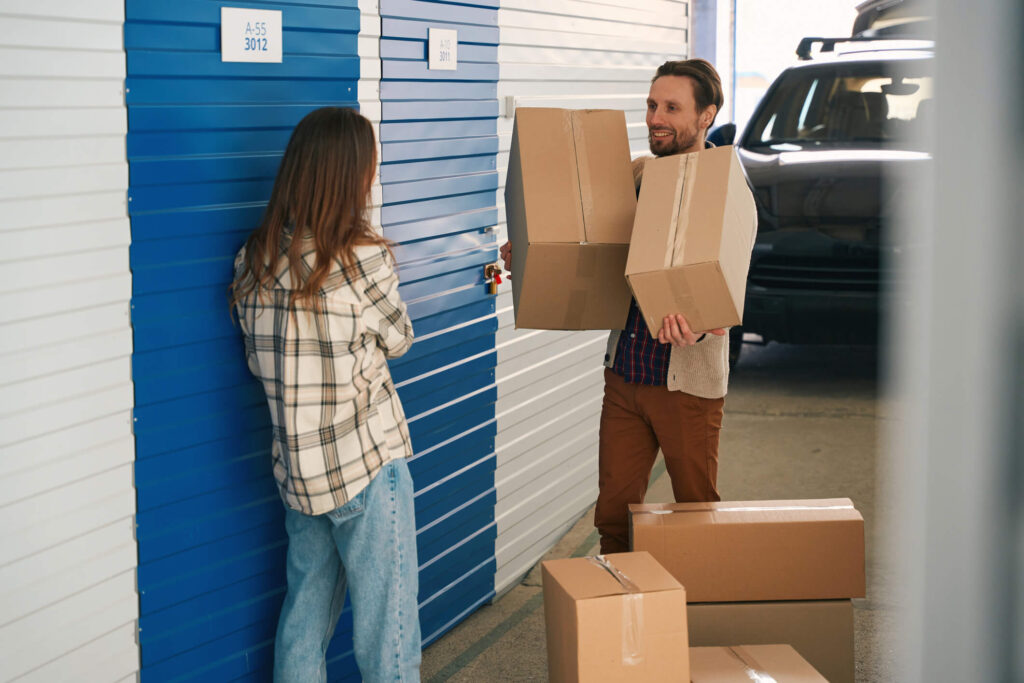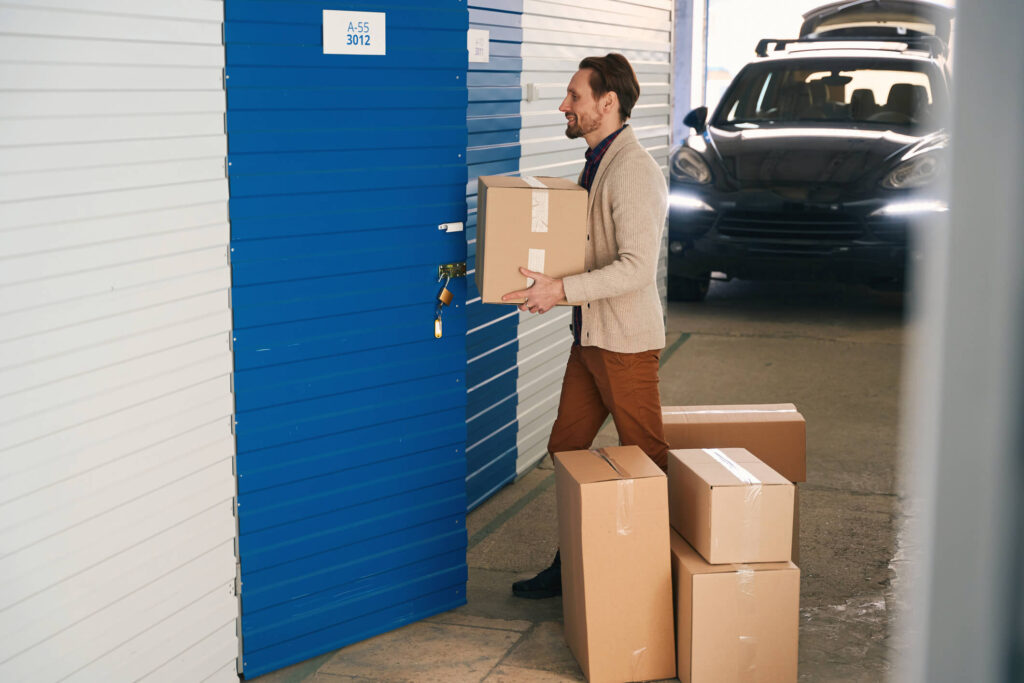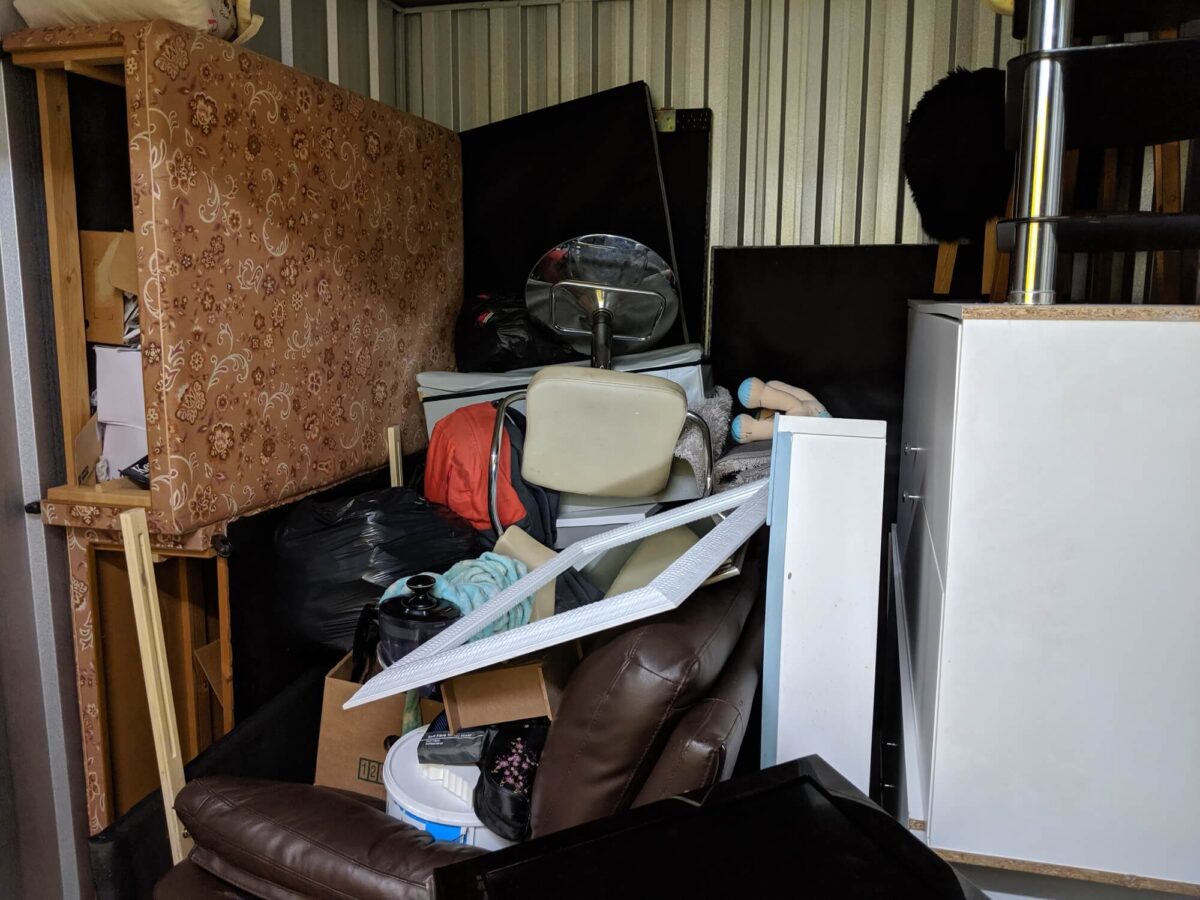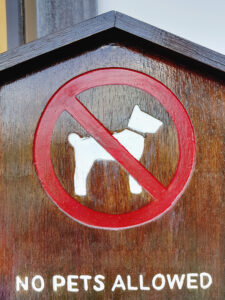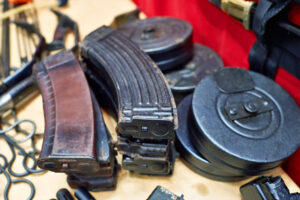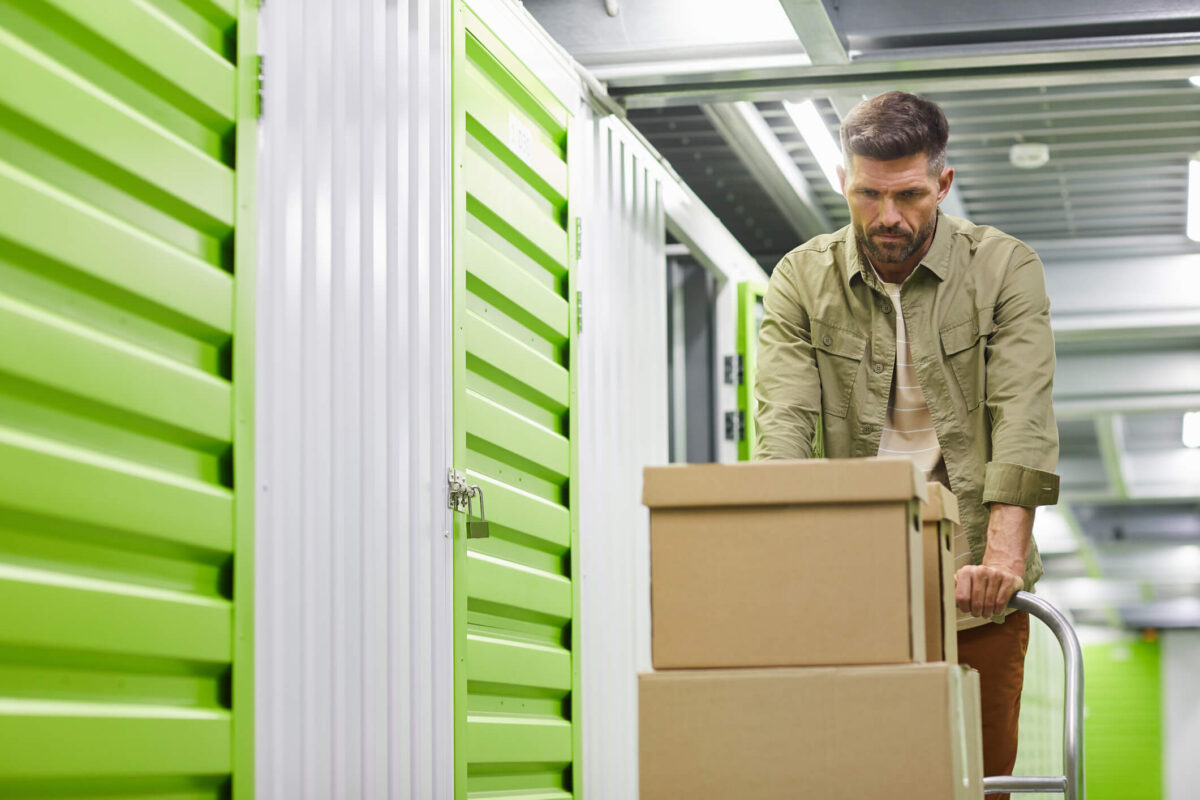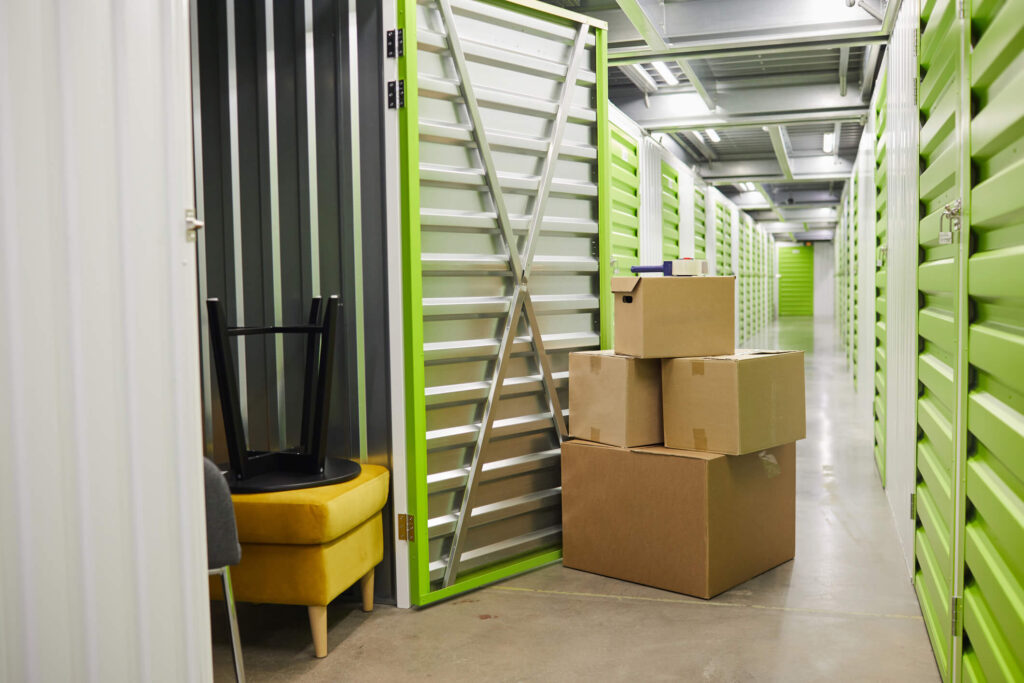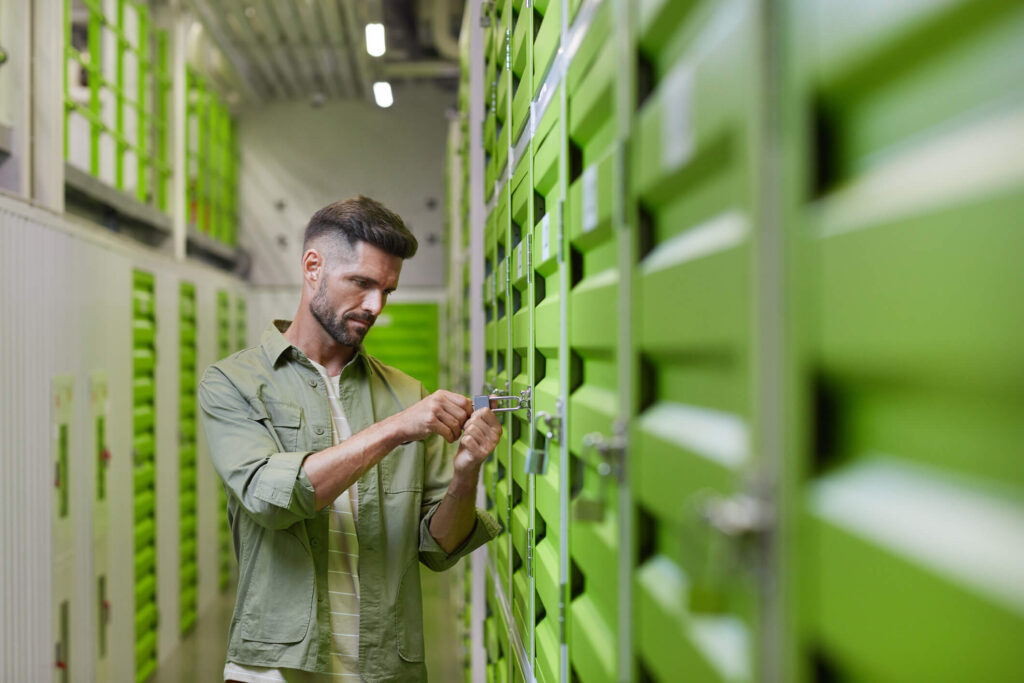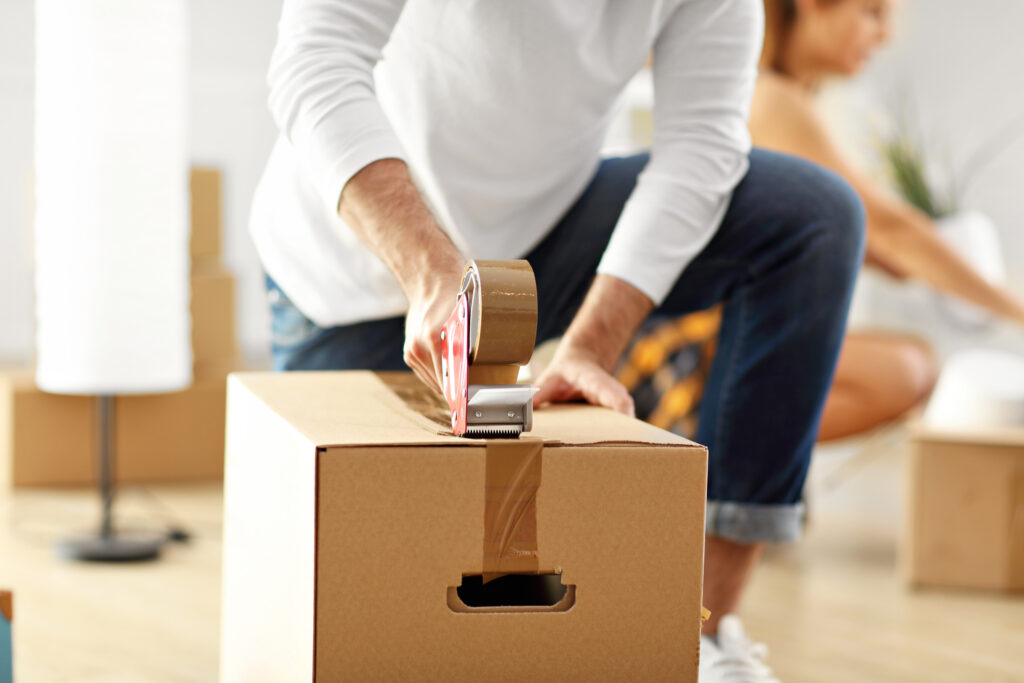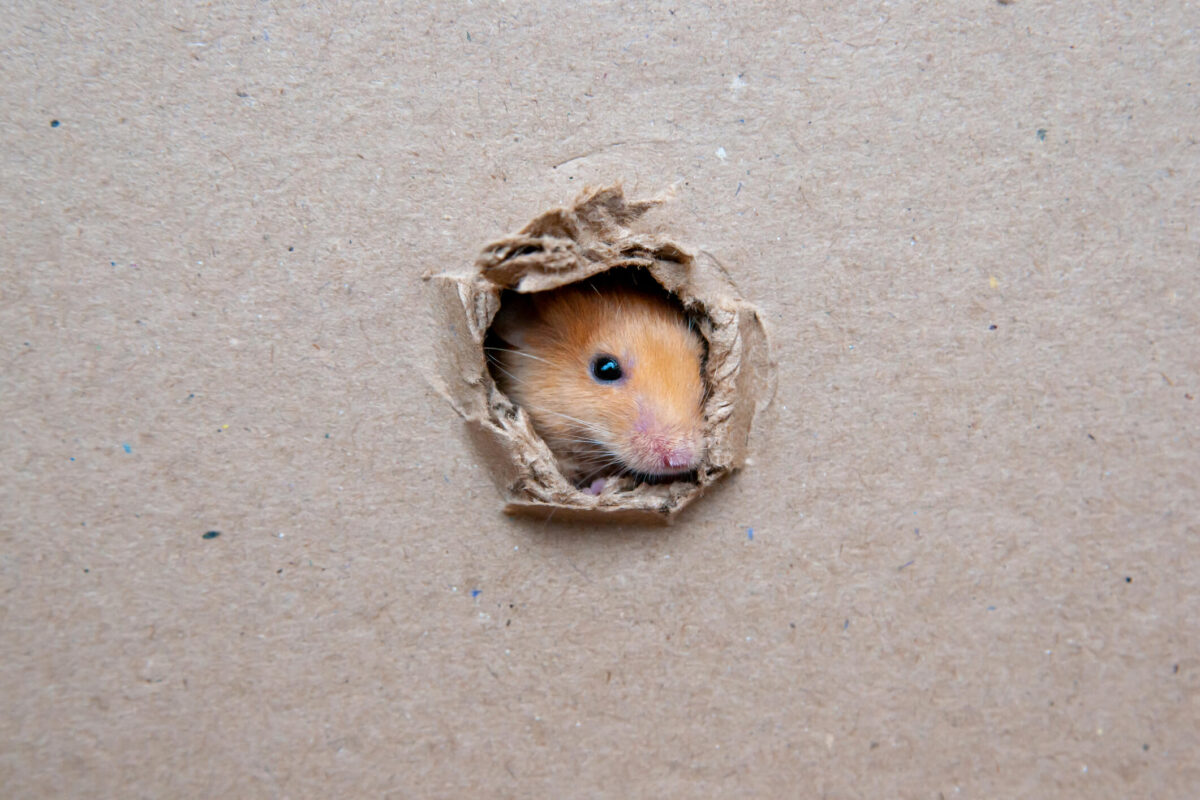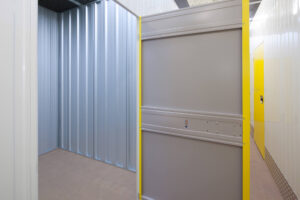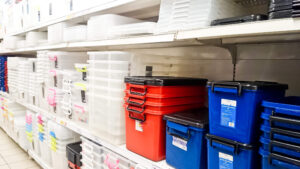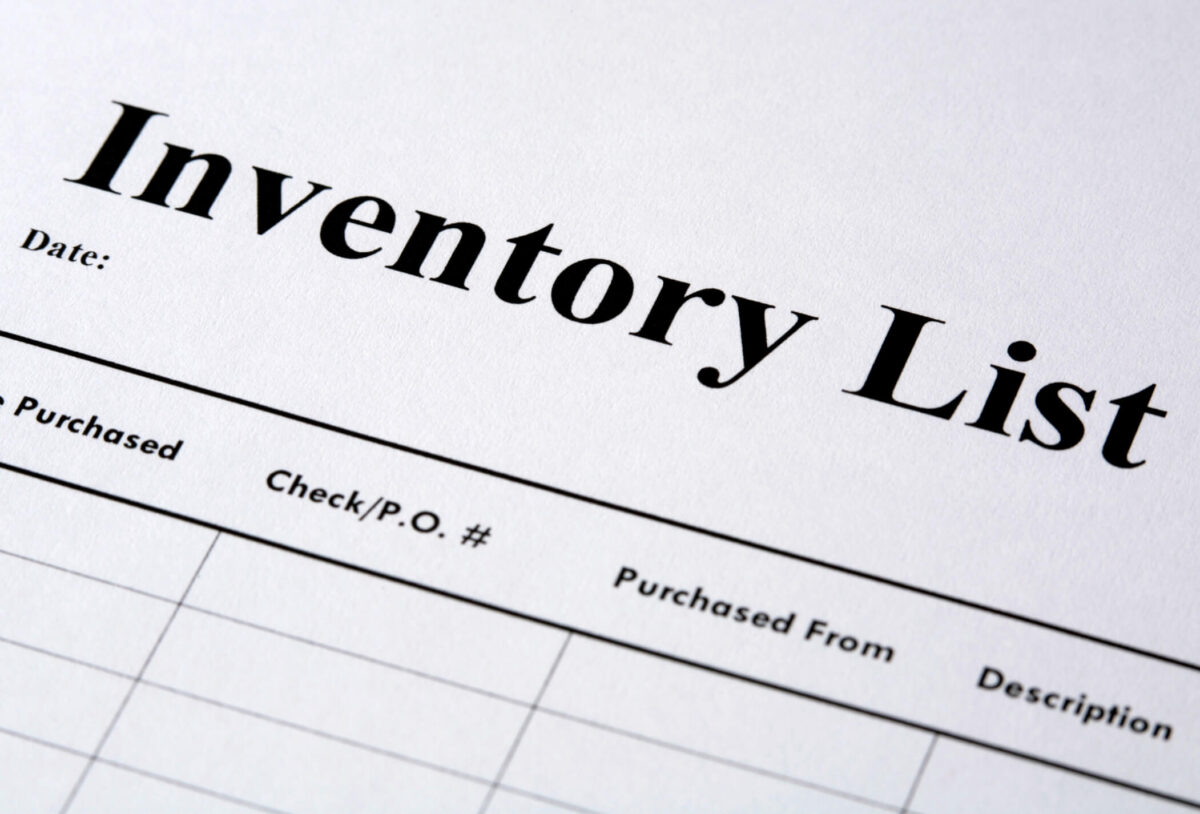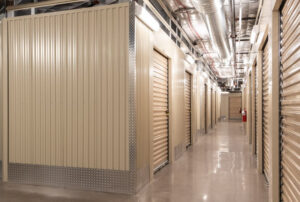When it comes to storing firearms, understanding the rules and regulations is crucial. Many gun owners often wonder, “Can I store weapons in a self-storage unit?” The answer to this question largely depends on the state in which you live and the specific laws that govern the storage of firearms. Whether you’re looking to store things like firearms temporarily or for an extended period, it’s essential to have a thorough understanding of the guidelines to ensure that you remain compliant with all relevant regulations. This article will provide an in-depth look at the specific considerations, safety tips, and best practices for gun owners who are considering utilizing a self-storage unit to ensure that no one, including kids, can access their firearms.
Legal Considerations and Regulations
Storing firearms in a self-storage facility is not as straightforward as simply placing them in a unit and locking them up. The storage of firearms is heavily regulated in many states and cities across the U.S., and it is essential for gun owners to familiarize themselves with local laws before attempting to store firearms in a unit.
For example, states like Texas and California have laws and regulations regarding the storage of firearms. In Texas, gun owners are generally allowed to store firearms in a self-storage unit, but they must follow specific safety protocols. Meanwhile, in California, regulations are stricter, and gun owners must comply with specific storage requirements, such as the use of secure storage containers and compliance with all local ordinances.
Before signing a rental agreement at a self-storage facility, you must research whether storing firearms and ammunition is legal in your area. Local ordinances and facility policies often vary, and knowing whether the facility you choose allows firearm storage is critical. Some self-storage facilities may prohibit firearms entirely due to liability concerns, while others may only allow firearms under certain conditions.
Self-storage facilities also have specific rules regarding the storage of firearms, designed to ensure the safety of all customers and comply with state and federal laws. Many facilities require you to store firearms in a secure, locked container or safe and may impose additional regulations to ensure that firearms are stored properly.
Safety Tips for Firearm Storage
For those permitted to store rifles and firearms in a storage unit, safety is always a top priority for everyone, as it’s essential to ensure that no person or people, including anyone attempting to access the unit, can gain unauthorized access. This is especially important when considering the safety of everything inside and the importance of proper storage in the facility’s posts. Here are some essential storage tips for ensuring that your firearms are stored securely and safely:
- Use a Gun Safe: The most effective way to store firearms is in a locked, secure gun safe. A gun safe is designed to prevent unauthorized access and minimize the risk of theft or accidental discharge. Please ensure the safe is large enough to accommodate your firearms and ammunition and that it is adequately secured to prevent it from being easily removed or tampered with. This is important, as someone could attempt to access your property. Many different types of firearms are stored in safes, so ensure the safe can fit anything you plan to store. This partly ensures that the firearms are secure and inaccessible to unauthorized individuals.
- Choose Climate-Controlled Storage: Firearms and ammunition are sensitive to temperature and humidity fluctuations, which can cause rust, corrosion, and damage over time. A climate-controlled storage unit is ideal for preserving the condition of your firearms. These units maintain a stable environment that helps prevent moisture buildup and temperature extremes, which can negatively impact your guns and ammo. Having this space can be crucial in places where humidity or temperature fluctuates frequently. This is especially important when considering the menu of storage options available to company members, as their rights to a secure unit are key in any case or situation.
- Store Firearms and Ammunition Separately: Many states and storage facilities require that firearms and ammunition be stored separately for added security. This reduces the risk of accidental discharge and makes it more difficult for unauthorized individuals to access both firearms and ammunition at the same time. For a friend or anyone else trying to access your unit, it’s essential to clarify the issue and ensure that the contract clearly outlines the nature of storage. Storing firearms and ammunition separately may also be crucial if you plan to auction your firearms or transfer them under your name.
- Inspect Regularly: It’s essential to check on the condition of your firearms and ensure that they are still securely stored. Make it a habit to visit your storage unit periodically to inspect your firearms, verify that the safe remains locked, and ensure that the facility complies with its storage regulations. Suppose you’re unsure about something or need more information. In that case, you might find helpful content on YouTube in the relevant category or contact the facility to clarify their services. Don’t hesitate to call if you need assistance with your storage or have any concerns.
- Keep Records: Maintaining an inventory of your firearms is an innovative practice. Record the make, model, serial number, and description of each firearm you store. This can be helpful in theft or loss and may also be required by law in certain jurisdictions. Some storage facilities may also ask for this information when reviewing your storage. In an emergency, providing these details to the police or your local office could help recover your firearms. If your firearms are stolen from your vehicle or car, having a thorough inventory will be invaluable for reporting the incident.
Prohibited Items and Restricted Access
As with any self-storage facility, there are often restrictions on what can and cannot be stored in the units. Some storage facilities may allow firearms but place limits on what kinds of firearms or ammunition are permitted. It is crucial to check with the facility before storing any firearms to ensure you are complying with their rules and regulations.
Some standard prohibited items in self-storage units may include:
- Loaded firearms: Many facilities prohibit storing loaded firearms in a storage unit due to safety concerns. It is essential to ensure that your firearms are unloaded before storing them.
- High-caliber ammunition: Certain types of ammunition, especially high-caliber rounds, may be prohibited in self-storage units.
- Explosives or incendiary devices: Storage of explosives, pyrotechnics, or other dangerous materials is strictly prohibited in almost all self-storage units.
Additionally, it’s vital to ensure that no unauthorized individuals, including children, have access to the storage unit. This is especially important in households with children or young adults who may not fully understand the dangers of firearms.
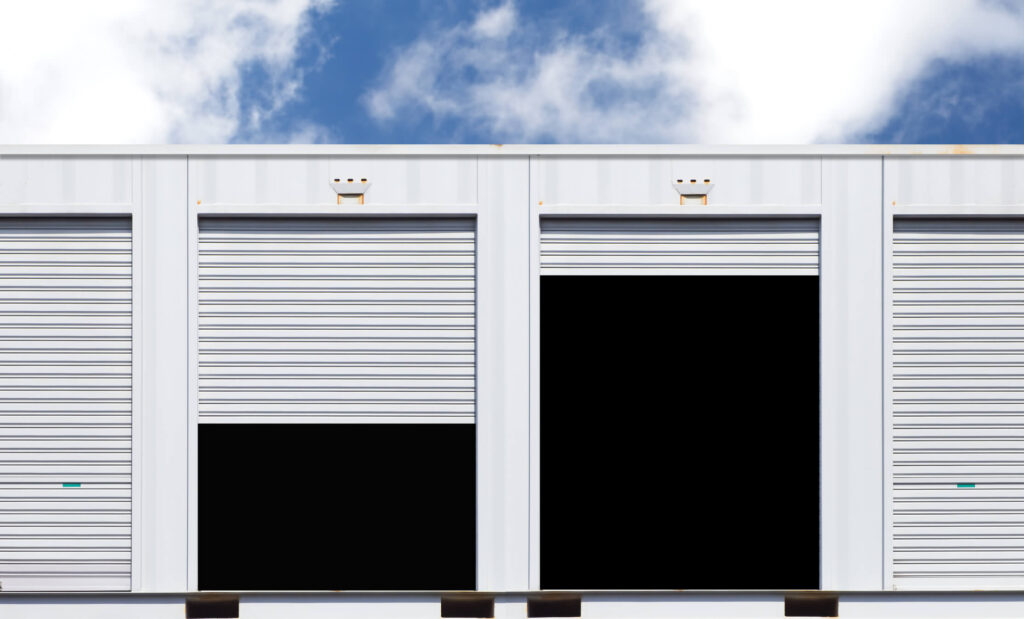
Insurance and Compliance
When storing firearms in a self-storage unit, consider insurance coverage. While most self-storage facilities offer limited insurance for belongings, this coverage may not protect your firearms in the event of theft, fire, or other types of damage. It’s wise to purchase additional insurance for your firearms to ensure adequate protection.
Before choosing a storage facility, verify that it complies with all state and federal firearm storage laws. Additionally, ensure the facility provides adequate security measures, such as surveillance cameras, gated access, and alarm systems. These security features provide added peace of mind and help deter theft.
Frequently Asked Questions About Firearm Storage
As a gun owner considering storage options, you may have several common questions. Here are the answers to some frequently asked questions about firearm storage:
What is the safest way to store firearms in a storage unit?
The safest way to store firearms is in a locked, tamper-resistant, secure gun safe. This ensures that unauthorized individuals cannot access your firearms.
Are climate-controlled storage units necessary for firearms?
Yes, climate-controlled storage units are highly recommended for firearms and ammunition. They help prevent damage caused by humidity and temperature fluctuations.
Can ammunition be stored with firearms?
It is generally best to store ammunition separately from firearms to comply with regulations in many states and storage facilities.
What should I do if a storage facility prohibits firearms?
If a facility prohibits firearms, look for another facility that allows firearm storage and check that it complies with all local laws.
How can I ensure my firearms are secure in a storage unit?
Choose a facility with robust security measures like video surveillance, gated access, and individual unit alarms to keep your firearms safe.
Can I store firearms in a rental unit indefinitely?
Long-term storage is possible, but it’s essential to regularly inspect and maintain your firearms properly.
What are the legal requirements for firearm storage?
Legal requirements vary by state and jurisdiction, so it’s essential to research and comply with all applicable laws and regulations.
Can I access my firearms anytime in a storage facility?
Most storage facilities have designated access hours. Ensure you check the facility’s hours of operation to plan your visits accordingly.
What happens if a facility discovers unauthorized firearm storage?
If unauthorized firearm storage is discovered, the facility may evict you, impose fines, or involve law enforcement authorities.
Do storage facilities provide insurance for firearms?
Some facilities offer insurance options, but purchasing third-party insurance is often recommended to ensure that your firearms are fully covered.
Final Thoughts
Storing firearms in a self-storage unit requires careful planning, research, and adherence to safety protocols and local laws. Whether you need to store firearms temporarily or for the long term, choosing a secure facility that provides the necessary security and complies with all regulations is essential. Always check with your chosen facility to ensure they allow firearm storage and that you follow their policies to avoid any legal complications. Reading reviews of the facility can also give you insight into its reliability and safety measures.
If you need a storage solution, McDowell Mountain Community Storage offers tailored options that meet various storage needs. Contact us today for more information on firearm storage and to find the perfect storage unit for your needs.




